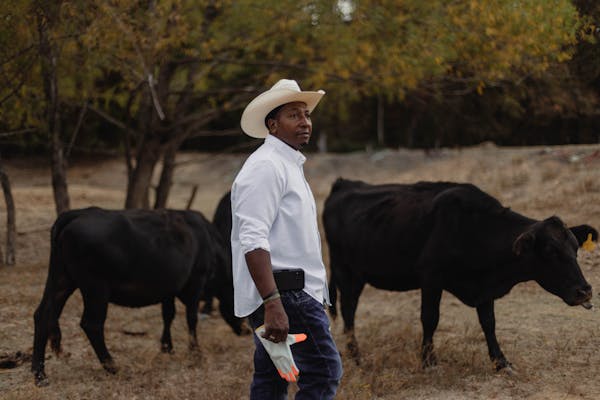A new report from a congressional watchdog calls out subsidies for crop insurance to more than 1,000 of the nation's largest farmers as a waste of taxpayer money.
The Government Accountability Office, an independent, nonpartisan oversight agency, published a 73-page report this week highlighting that some of the $17.3 billion the federal government uses to pay down insurance premiums for farmers includes funds that go to roughly 1,341 of the wealthiest, including 41 in Minnesota.
Those so-called "high-income" farmers, according to the GAO's analysis, would purchase the insurance even without Uncle Sam's contribution. While calling crop insurance a vital "safety net," the agency said lawmakers could cancel subsidies for the highest earners and save taxpayers "millions of dollars."
"[I]f subsidies for such policyholders had been reduced by 15 percentage points," the report said, "the government could have saved about $15 million."
The GAO report identifies "high-income" farmers as those making over $900,000 annually in adjusted gross income. According to the report, that group represents less than 0.5% of the nation's farmers enrolled in federally-subsidized crop insurance, which topped out at over 460,000 policyholders.
For decades, crop insurance has been touted as part of a federal U.S. farm policy regime that has kept farmers in business and groceries relatively inexpensive. In 2022, some 234 million acres across the country were enrolled, spanning 133 agricultural commodities, including rangeland.
But as pressure has mounted on Capitol Hill to shrink the federal budget, some lawmakers are eyeing portions of the massive once-every-five-years farm bill, which also undergirds the nation's nutrition programs, for budgetary cuts.
According to the GAO report, the U.S. Department of Agriculture pays on average 65% of premiums for farmers who hold federally backed crop insurance policies. Fewer than 1% of farmers account for 22% of the federal spending on the crop insurance program.
During a stop in South Dakota this summer, Zippy Duvall, president of the American Farm Bureau, the nation's largest lobby of farmers, characterized crop insurance as "the cornerstone" of the farm bill, helping farmers weather financial pitfalls from drought to fluctuations in commodity prices.
This week, Dan Glessing, president of the Minnesota Farm Bureau and a Wright County farmer, said his organization supports strengthening risk management.
"It's part of the cheap food policy that we have," Glessing said in an interview. Consumers may not feel like the U.S. enjoys affordable food when they spy the price of milk in the grocery store, he said, but by and large, the system of federally backed insurance is a win for consumers. The program also is a bulwark against the threat of losing family farms, as witnessed in the 1980s.
"If [farmers] are going to be working on razor-thin margins every year, we will have farmers going bankrupt at an alarming rate," Glessing said.
Gary Wertish, president of the Minnesota Farmers Union and a farmer in Renville County, said his membership also relies on federally subsidized crop insurance to pencil out operations on their farms.
"We definitely support crop insurance, no doubt," Wertish said. "There's a lot of smaller farmers who wouldn't be able to farm without it."
When crop insurance helps supplement lost yields — due to drought or too much moisture — those proceeds may not cover 100% of a farmer's losses. But they "pay the bank," in farmer rhetoric, settling debts on a tractor purchase or land rental.
Still, Wertish said his members are open to reform. He argued that the lack of an income cap — as USDA imposes on some other entitlement programs — allows some of the wealthiest farmers to stockpile funds that, in turn, make them a more formidable foe to purchase land at the auction block, often gobbling up tracts against lower-income farmers.
"It's a huge line of credit for [larger farmers] to bid up land," Wertish said.
Wertish wondered if a reform, such as ratcheting down taxpayers' contribution at higher income levels, might achieve greater parity in farm country.
Of the 1,400-plus "high-income" farmers, Minnesota (41) boasted relatively few compared to its farm-centric neighbors. North Dakota (46), South Dakota (50), and Iowa (199) all had more farmers in the highest-income category.
New York City turns to AI-powered scanners in push to keep guns out of the subway system
North Carolina regulators says nonprofit run by lieutenant governor's wife owes the state $132K


